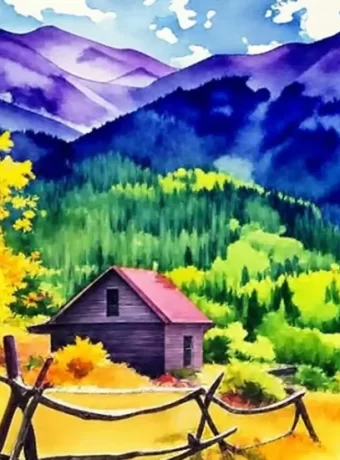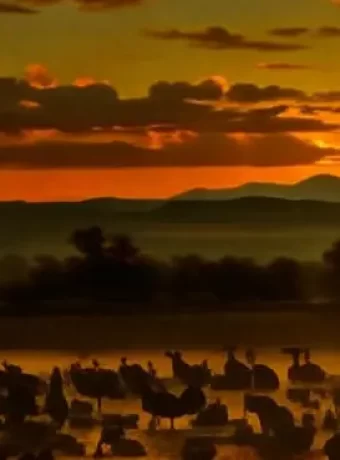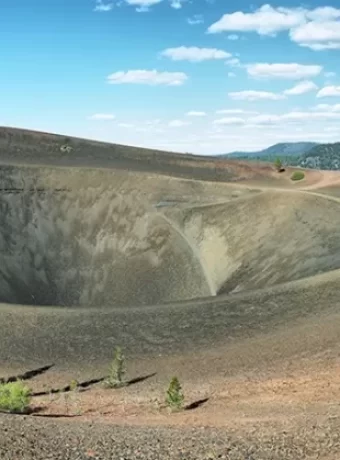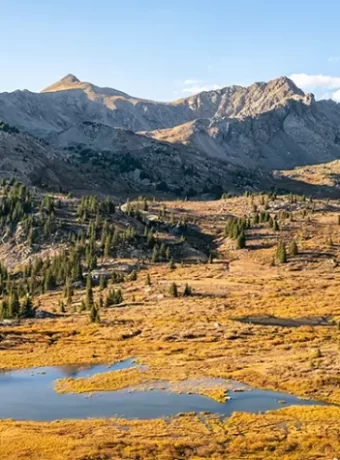Colorful Past History of Gardiner Montana: Yellowstone’s Frontier Gateway
Ever wondered about the history of Gardiner Montana? A small town tucked away in the mountain ranges, where rivers flow like a painter’s stroke on canvas and wildlife roam free. It is not just any ordinary place but an entryway to Yellowstone National Park, boasting of stories dating back centuries.
The whispers of gold rush echo through its Wild West past while tales from pioneers who settled here stir up a sense of curiosity. Picture rugged mountain men braving harsh winters, miners seeking fortunes beneath earth’s crust, and early soldiers patrolling this frontier outpost. History of Gardiner Montana is built in mastery, myth and legend, with lots perseverance.
This post takes you on an incredible journey into Gardiner’s past – its humble beginnings as a squatter town to becoming the bustling gateway community for Yellowstone National Park. Uncover how infrastructure developments shaped it or what makes it such an enticing year-round destination today.
Brace yourself to dive headfirst into the fascinating stuff!
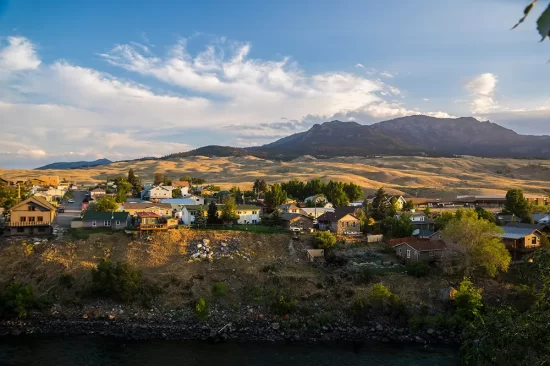
Early Settlement and Pioneer Visitors to Gardiner Montana
Gardiner, a small town in Park County, holds a significant place in the history of frontier towns. Its origins date back to 1805 when early settlers ventured into this mountainous region.
The Origins of Gardiner and Its First Settlers
Initially known as Gardner’s Hole after Johnson Gardner, an intrepid fur trapper from the mid-1830s era, this area was soon sheltered by miners seeking fortune. The post office came up next around 1875 which transformed it from being just another squatter town on the map.
The wild west vibe continued with rough-hewn log cabins lining its streets, painting a picture of what life might have been like for these pioneer visitors. Historical records suggest that bear creek near Mammoth Hot Springs played host to some rollicking times.
James McCartney – The Founding Father of Gardiner
In 1880 arrived James McCartney who is widely regarded as the founding father of Gardiner Montana. A man of vision and resilience he quickly saw potential where others didn’t.
Riding high on his reputation as an excellent hunter-trapper (and possibly drawing inspiration from Jim Bridger), he laid down roots here leading more folks towards this veritable shantyville at Yellowstone National Park’s north boundary.
This period also witnessed growth spurred by soldiers stationed nearby creating a unique blend – wilderness meets civilization if you will.
This tumultuous tumble existence slowly but surely morphed into today’s bustling community thanks largely due to McCartney’s untiring efforts toward establishing vital services such as transportation links with Cooke City and bridging connections across Yellowstone Rivers.
Development of Yellowstone National Park and Gardiner’s Role
The establishment of Yellowstone National Park in 1872 marked a pivotal moment in the conservation movement. But this national treasure didn’t exist in isolation; it needed an accessible gateway for visitors. That’s where Gardiner, Montana stepped into the picture.
Gardiner played a critical role as Yellowstone’s north entrance, providing easy access to Mammoth Hot Springs and other park wonders right from its frontier town roots. Situated at the park boundary along Yellowstone River, Gardiner quickly became known as the “gateway community.”
The development of infrastructure like Park St made travel more manageable for early soldiers and sheltered miners seeking refuge after long journeys. This growth was largely driven by Cooke City’s hustle on one side and Bear Creek’s calm wilderness on another.
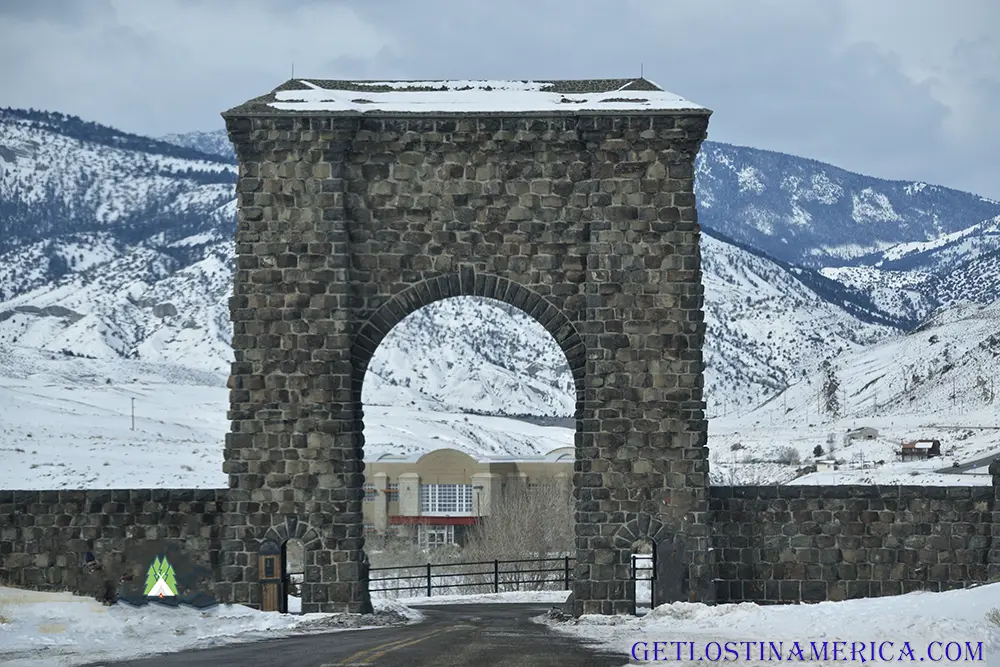
Roosevelt Arch – A Symbolic Gateway
A significant landmark that stands testament to Gardiner’s crucial role is Roosevelt Arch at North Entrance. Dedicated by President Theodore Roosevelt himself, this stone structure proclaims ‘For The Benefit And Enjoyment Of The People,’ capturing perfectly why both Yellowstone and Gardiner are so beloved.

This impressive arch wasn’t just built overnight though. It was part of a larger plan spurred by Northern Pacific Railroad extending their tracks to reach what they referred to as ‘wonderland.’ Their wonderland newspaper often praised both nature preserves’ grandeur but also underlined how vital towns like Gardiner were for preserving these treasures effectively.
Northern Pacific Influence
The introduction of Northern Pacific Railroad brought about exponential growth not only within Gardiner but across Montana North region overall. The railroad transformed once isolated regions into bustling hubs of activity, attracting more visitors to Yellowstone National Park and hence driving Gardiner’s development further.
Even though the railroad has stopped running, its spirit endures. You can still catch glimpses of yesteryears’ hustle in small-town meetups at the post office or local shops scattered throughout this mountain-enclosed community. Essentially, Northern Pacific didn’t just construct a railway; it forged a legacy.
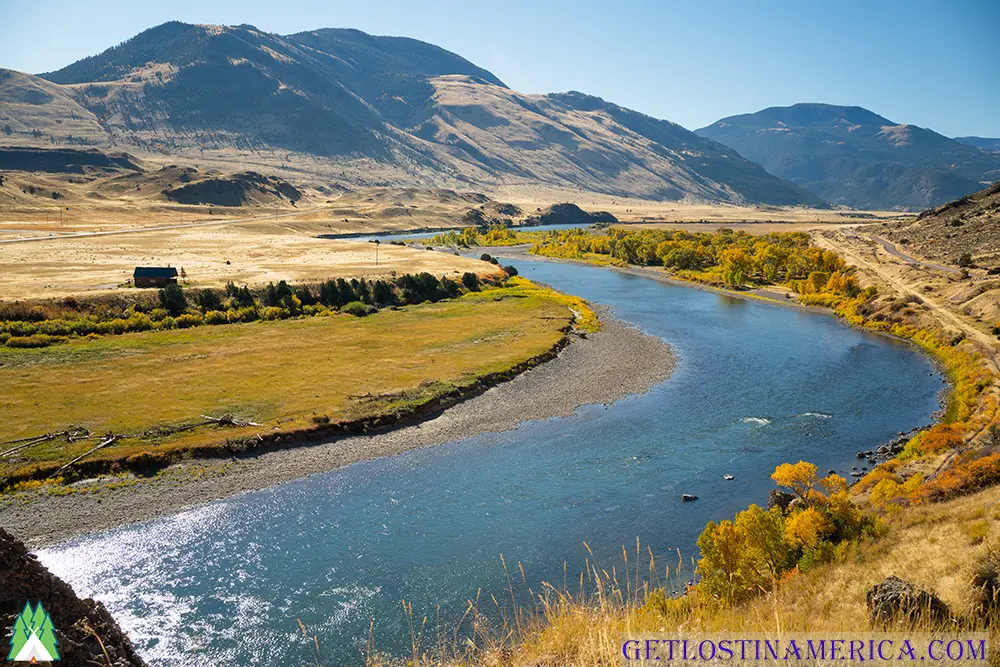
Natural Features and Wildlife Around Gardiner Montana
Gardiner, nestled amidst nature’s bounty, is surrounded by park and National Forest land. This small town stands as a testament to the vibrant ecosystem of the Yellowstone River Valley.
The Yellowstone River and Its Importance to Gardiner
Flowing right through the heart of this Montana town, the Yellowstone River has shaped both its history and lifestyle. It serves as an aquatic highway for wildlife species while offering fantastic fishing opportunities.
This free-flowing river creates a lifeline that nurtures not only fish but also countless terrestrial animals who depend on it for sustenance. Notably, the waterway carves out dramatic landscapes around Gardiner such as Mammoth Hot Springs which allure visitors year-round with their captivating geothermal wonders.
The Wildlife Wonders of Gardiner
Speaking about biodiversity, one can’t overlook what makes this region truly remarkable – its rich collection of large wildlife species. The wilderness here shelters bison herds that seem straight from a scene in “The Call Of The Wild”. Bighorn sheep navigate steep terrain effortlessly while grizzly bears roam freely within Absaroka-Beartooth Wilderness boundaries.
Fancy seeing wolves? Well, you’re in luck. These majestic creatures make regular appearances much to delight enthusiasts watching from afar or capturing moments through their lenses. And let’s not forget elk whose bugling calls echo across valleys during fall mating seasons creating an enchanting symphony in the wild.
For those wanting more than just glimpses into local fauna or soaking up natural beauty at a leisurely pace, you may choose active pursuits like cross-country skiing amid snow-draped landscapes. Whatever your choice, Gardiner and its surrounding wilderness offer an immersive experience in nature’s grandeur.
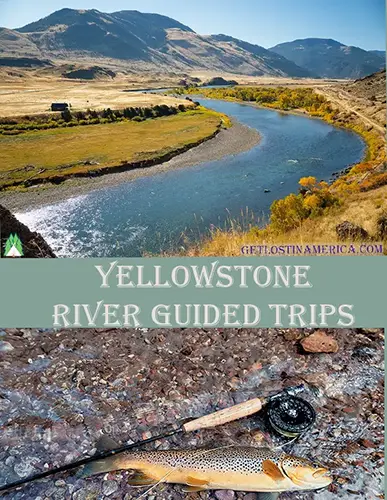
Fly Fish Montana’s Paradise Valley
Or do a great day of two walking and wading Yellowstone National Park. Learn more about booking a guide Click Here.
If you are the adventure type and want to get out and hike. And do some fly fishing along the way we have a few suggestions for fly fishing Yellowstone National Park Click Here.
Looking for a really experience with a couple of friends. Check out a Yellowstone backcountry excursion. Half a dozen Yellowstone Backpacking ideas, Click Here.
Historical Landmarks and Structures in Gardiner Montana
Gardiner, the northern gateway to Yellowstone National Park, boasts several historical landmarks that reflect its rich past. These structures serve as silent reminders of Gardiner’s evolution from a squatter town into an essential outpost for those exploring the wonders of Yellowstone.
The Original Entrance: Roosevelt Arch
One cannot talk about Gardiner without mentioning Roosevelt Arch, located at the north entrance of Yellowstone National Park. Dedicated by President Theodore Roosevelt himself in 1903, this arch has welcomed countless visitors over more than a century. Engraved with “For the Benefit and Enjoyment of the People,” it reflects our nation’s commitment to preserving natural beauty for future generations.
Main Street: The Heartbeat of Old West Charm
Main Street is another testament to Gardiner’s wild west history. This bustling artery was once populated by mountain men, miners, early soldiers seeking shelter after long expeditions and pioneers looking for new beginnings out west. Today it remains vibrant with restaurants serving local delicacies while small-town shops offer unique souvenirs reminding you why Montana is called Big Sky Country.
Park Street: A Stroll Through History
If Main Street is Gardiner’s heartbeat then Park street can be considered its soul—a quieter counterpart showcasing historic buildings whispering tales from eras gone by along with views overlooking iconic national park landscapes on one side and soaring mountain ranges on another. Local businesses lining this avenue have maintained their authentic charm, adding character to your stroll through history.
FORT YELLOWSTONE – GUARDING AMERICA’S FIRST NATIONAL PARK
A few miles south of Gardiner, within the park boundary lies Fort Yellowstone, which served as a military post to protect the park’s resources from vandalism and poaching. Today it stands as an enduring symbol of our commitment to safeguarding America’s natural heritage.
So, if you’re a history enthusiast or just hunting for some intriguing trivia about your holiday spot, these landmarks serve as windows into Montana’s rich past. Every one of them has left its mark on this stunning town cradled by towering mountains.
Growth and Development of Gardiner as a Year-Round Destination
Historically, many folks saw Gardiner, Montana as a seasonal stopover on their way to Yellowstone National Park. But times have changed. Today, this small town offers year-round access to nature’s bounty.
The shift began with the community recognizing its potential beyond being just an entrance to the park. With mild weather throughout the year and less snowfall compared to surrounding areas in Montana, it was evident that Gardiner could offer more than just summer activities.
Cross-Country Skiing: A Winter Wonderland Experience
This realization sparked new ideas for winter fun in town. Cross-country skiing, for instance, became popular among locals and visitors alike because of its accessibility right from one’s doorstep.
The Northern Range trails provide excellent cross-country skiing experiences within reach all-year round due to their low elevation. The Blacktail Plateau Drive is another fantastic spot where skiers can explore wildlife-laden meadows and scenic mountain views while gliding through pristine white landscapes.
Snowshoeing: Another Step into Adventure
Apart from cross-country skiing, snowshoeing has also emerged as a beloved pastime during winters here at Gardiner – making it truly a year-round destination. The close proximity of towering mountains allows adventurous souls to strap on some snowshoes and venture out into the wilderness even when other places are blanketed by deep snows or harsh winters. Snowshoeing Mammoth Hots Spring Terrace is a great winter experience.
A Community Embracing Change
Beyond outdoor pursuits though lies another key factor driving this change – an adaptive community. The locals of Gardiner embraced the idea of a year-round tourism economy and began offering services that cater to winter travelers.
From cozy lodges with fireplaces for those frosty nights, to restaurants serving hearty meals after a day in the snow, this welcoming community ensures visitors have all they need at any time of the year.
Basically, Gardiner has grown beyond just being Yellowstone National Park.
Snowshoeing, Cross Country Skiing, Fly Fishing or Backpacking
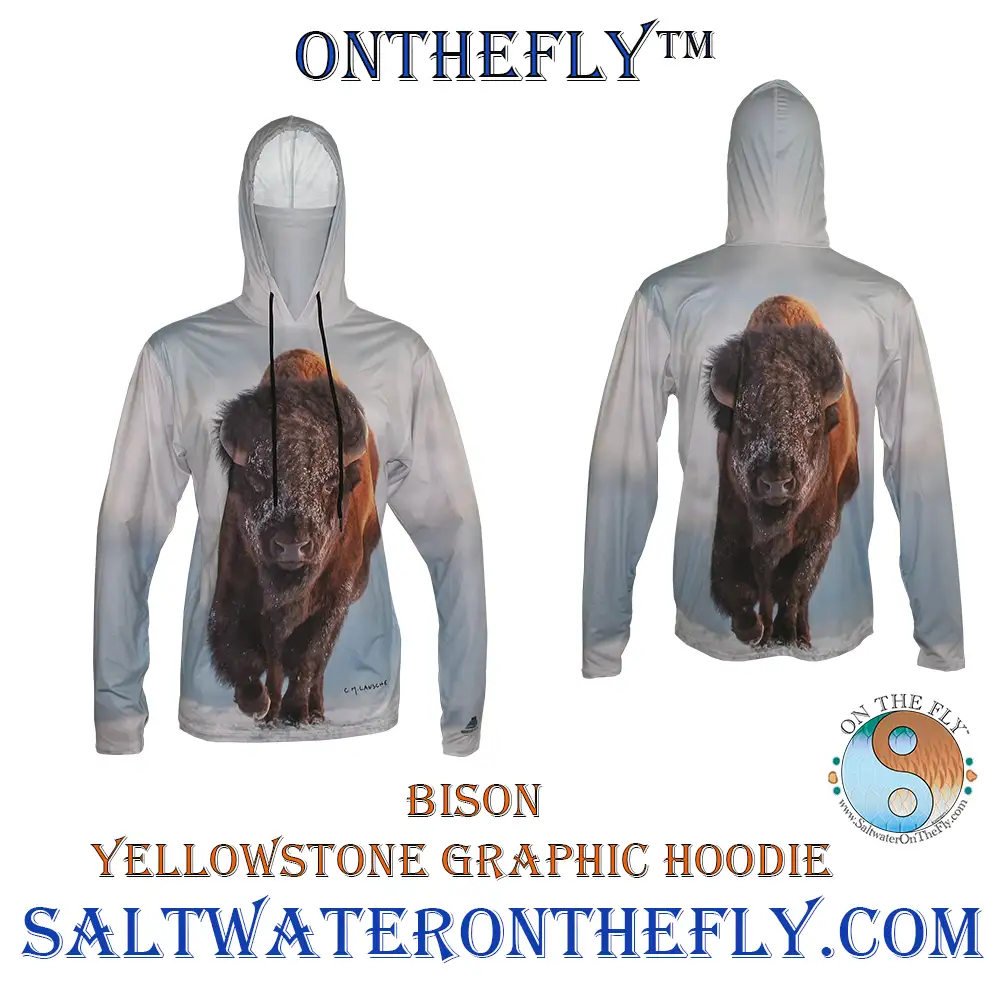
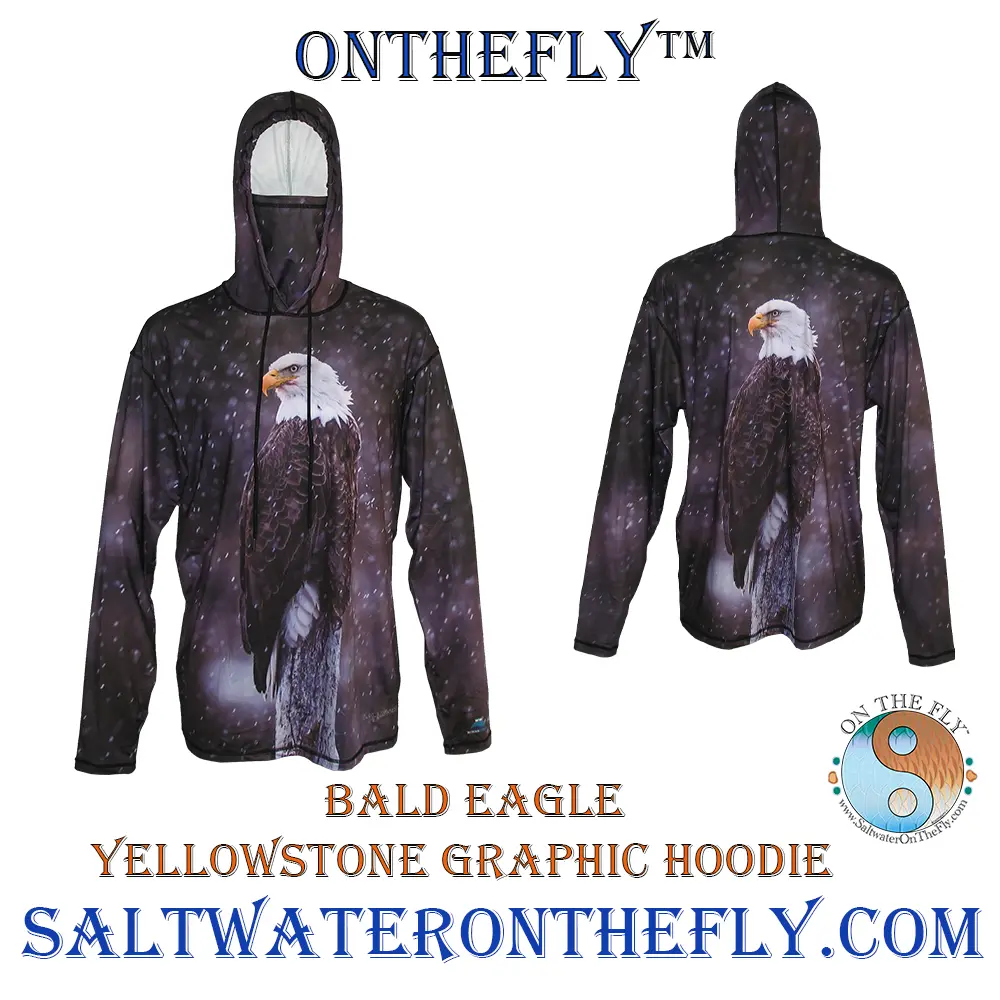

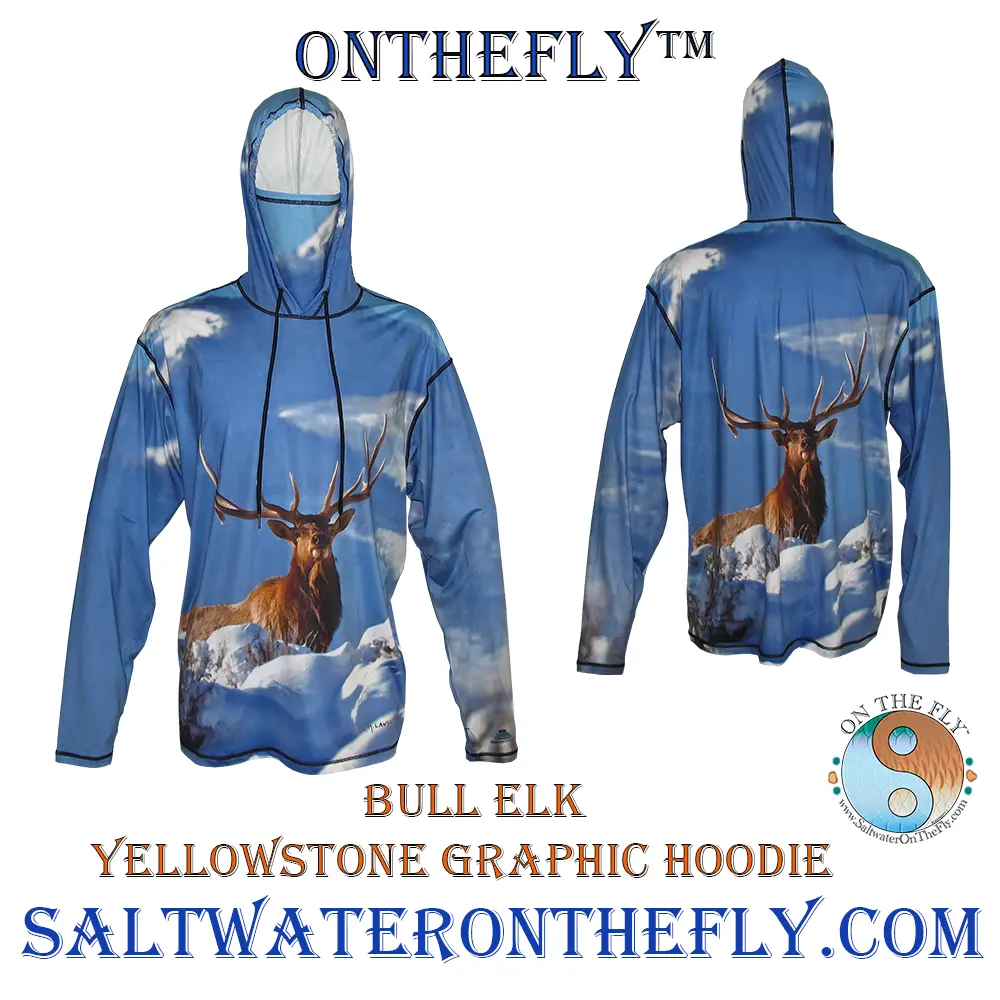
Wild West Era and the Evolution of Gardiner Montana
The history of Gardiner, Montana is deeply rooted in the Wild West era. This small town at Yellowstone National Park’s north entrance has a colorful past with trappers, miners, mountain men, and hunters playing pivotal roles in its development.
Gardiner came to life during the gold rushes that swept through western North America. But it wasn’t just gold that drew people here; there were rumors of a “wonderland” further west teeming with hot springs and incredible wildlife diversity. The Wonderland Newspaper became a symbol for this time period, spinning tales about what lay beyond Gardiner’s borders.
In these early days, living conditions could be described as ‘tumble existence’. Most inhabitants resided within veritable shantyville-style dwellings—some would say they resembled an ideal squatter town more than anything else. But despite harsh living conditions inside these rudest houses, spirits remained high thanks to sheltered miners’ stories around campfires about striking it rich.
The Theodore Roosevelt Connection
No story about the evolution of Gardiner can omit President Theodore Roosevelt’s role in shaping its identity as Yellowstone Gateway community. Roosevelt Arch, dedicated by him in 1903 stands tall even today at park boundary serving as silent testimony to his conservation efforts.
It was also under his leadership when Yellowstone National Park got recognized internationally thus leading way for tourism industry boom which proved critical for survival of frontier towns like Cooke City or Bear Creek along northern pacific railroad line.
Cultural Impact on Modern Gardiner
While gold rushes have faded, the wild west spirit still thrives in Gardiner. The local community embraces their mountain man roots, hosting annual events that celebrate this history and bring together locals and visitors alike.
The early soldiers who were entertained here left behind stories of bravery and valor, further enriching Gardiner’s cultural tapestry. Even today, you can sense echoes of the past when wandering down Park St or soaking up vistas from surrounding mountains.
Gardiner’s Cross Country Legacy
Not just steeped in history, Gardine is also a go-to spot for those who love outdoor adventures.
Infrastructure Development in Early Gardiner Montana
In the early days of Gardiner, Montana, bridges and railroads were more than mere infrastructure. They symbolized progress and growth, shaping the town’s future.
The Impact of the Northern Pacific Railroad on Gardiner
One major player was the Northern Pacific Railroad. This colossal steel serpent extended its Park Branch Line to Gardiner in 1903. The railroad didn’t just make it easier for people to reach this frontier town; it made sure that Gardiner wasn’t just a tumble existence on Yellowstone National Park’s north boundary but rather an important gateway community.
Railway expansion played a key role in stimulating economic development by enabling trade and tourism. Trains brought goods, people – including early soldiers who helped establish order – as well as ideas from across America into this small sheltered miners’ hub at Yellowstone’s doorstep.
This influx led to improvements like better housing replacing some of what had been considered ‘rudest houses,’ gradually transforming this ideal squatter town into a bustling outpost. These developments gave birth to streets such as today’s Park St., now lined with establishments catering both local residents and park visitors alike.
Beyond material prosperity though, the arrival of Northern Pacific also signaled an ideological shift for inhabitants – bridging their rugged Wild West past towards promising new horizons hinted at by whistle stops echoing through surrounding mountain ranges.
Bridges: Linking People and Places Together
Apart from railroads, physical bridges too shaped Gardiner’s destiny. The bridge constructed over Gardner River ensured year-round access to the national park, bolstering Gardiner’s status as a crucial gateway.
Of these, the Roosevelt Arch, dedicated by President Theodore Roosevelt in 1903 – same year when Northern Pacific reached town – stands tall even today. An iconic symbol of preservation and exploration, it’s a testament to human ambition coexisting with nature’s grandeur.
Whether you’re braving Yellowstone’s icy rivers or speeding along Montana’s vast rail tracks, every trip to and from Gardiner weaves a unique story about America’s intriguing journey westward. Each adventure
Conclusion of the History of Gardiner Montana
So, you’ve journeyed through the vibrant history of Gardiner Montana, stepping back in time to its wild frontier days. You learned about how pioneers like James McCartney helped shape this rugged town.
You discovered how Gardiner played a crucial role as Yellowstone National Park’s gateway, and how it developed into an important outpost for visitors eager to explore America’s first national park.
We ventured into the surrounding wilderness, uncovering tales of majestic wildlife and breathtaking natural wonders that define Gardiner’s landscape even today. You saw evidence of a rich Wild West past etched onto every street corner.
Remember this: Gardiner isn’t just another small town on the map; it is history personified. A place where each building tells a story, each river sings an ancient song and echoes from yesteryears still reverberate within its mountainous expanse.


